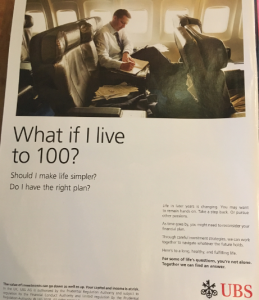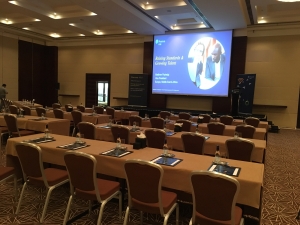 This is a little story about the secret weapon of a specialist independent bookshop in London. It was shared with me by an individual passionate about books and life in general, and that alone means it’s worth relaying – but beneath lies an important statement about our future.
This is a little story about the secret weapon of a specialist independent bookshop in London. It was shared with me by an individual passionate about books and life in general, and that alone means it’s worth relaying – but beneath lies an important statement about our future.
Today where most things are instant and short-term, where we consume online and read on smart devices, what chance has a small book shop against the giant online stores and discounters? There is not a single book in the store that customers cannot buy cheaper elsewhere.
But the store has a secret weapon. Her name is Claire. She works there and she knows most of the books that pass through the front door – her product knowledge, her people skills and service means people go back and buy again, having decided their loyalty means something to the bookshop.
People continue to make a difference, whether an independent bookshop or an enterprise that spans the globe. With automation on the increase, great people stand out more than ever. It’s about people – it always is.
PS. The little photo is the old public library of Cincinnati, with cast-iron book alcoves, spiral staircases several stories high and marble floors. Sadly it was demolished and the stunning building is worth remembering.





